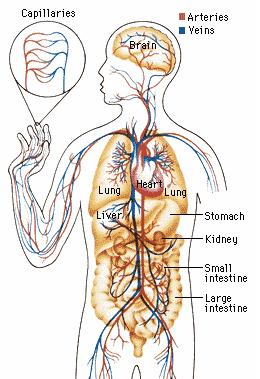Hypertension is the medical term for the disease commonly called high blood pressure. A blood-pressure measurement includes two numbers that are usually written as a fraction. The normal blood pressure for an adult is below 120/80. Hypertension is diagnosed when one or both numbers are elevated on several separate occasions. In an adult, a reading is considered abnormal if the first number is higher than 140 or the second number is higher than 90. Physicians use the term prehypertension to describe a condition in which the first number is from 120 to 140 and the second number is from 80 to 90. People with prehypertension have an increased risk of developing health problems related to high blood pressure.
There are many varieties of hypertension. They range from mild forms to an extremely severe-and often rapidly fatal-type called malignant hypertension. High blood pressure is not only a serious condition by itself, but it is also the leading cause of heart attacks, strokes, and kidney failure.
Many people of all ages suffer from hypertension. About 20 percent of the people of the United States have the disease. The percentage of black Americans who suffer from hypertension is about twice as large as the percentage of white Americans who have it.
|


